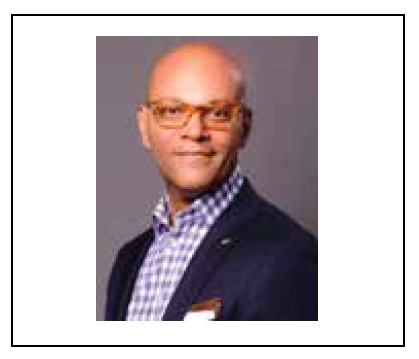
By Derek Barnes–
Recently, a close friend asked me some thought-provoking questions. Is it wrong for leading LGBTQ community organizations to call out homophobia, transphobia, and sexism, along with racism, as crucial factors of division in the LGBTQ+ community? Why do we have to confront and resolve all these other social problems as a community? The questions were my on-the-spot LGBTQ+ realty check and required a response that touched on a few different areas.
We both agreed that the reason we’re so divided as a community is complex and layered. But, the impact of division can be more harmful when identities intersect. Of course, LGBTQ+ organizations should be against homophobia in any form. There’s a conundrum in highlighting other divisions and forms of exclusion, even within the LGBTQ+ community. It can exacerbate our problems—my pain is greater than your pain, and the squeakiest wheel wins. No one wants to be excluded, and at the same time, each group has its own set of conditions, issues, concerns, and potential solutions. There is no one size fits all.
I thought about the progression of identity within the community of LGBT, Q, I, I … . Within the ever-expanding rainbow, we must acknowledge that there’s been historic tension among community factions—between lesbians and gay men, gay men and bisexuals, gay and transgender individuals. We’ve also added more ways to describe groups within the queer community to acknowledge the different identities that continue to emerge.
More identities require more acceptance of difference and acknowledgment of divergent needs and ideas. Additionally, those holding the most power and controlling the distribution of resources in the queer community determine the priorities and where resources are applied. For example, queer leaders (primarily white) haven’t done a good job over the last several decades focusing on the history, issues, and needs within bisexual and transgender communities, and only slightly better within lesbian and gay BIPOC communities. However, incredible progress has been made with marriage equality and halting the transmission of HIV/AIDS, especially among white gay men in major metropolitan areas.
Shared equity, economic parity, and social justice are typically the core imperatives required to resolve longstanding systemic conditions of exclusion. However, the remedies can provoke culture clashes and divisions we experience today. When you overlay race and ethnicity, the tensions and stakes are higher. It’s tough to get complete buy-in from people in power with access when there’s such a rampant scarcity mentality and a constant battle for resources—a zero-sum game. If we could focus on the needs of the most vulnerable in our communities and adopt a strong set of values in doing so, the ripple effects would be extraordinary. It’s also a challenge to promote claims and aspirational statements of equity and inclusion when leadership doesn’t represent the fullness of the community. Representation still matters.
Based on population impact and intersecting identities within the queer community, one could conclude that there’s an imperative for LGBTQ+ organizations to help eradicate all forms of exclusionary ideology and social injustice: sexism, racism, homophobia, and transphobia. Over the last two years, a raging pandemic stressed our social safety nets, prolonged economic instability for people who are most at risk and showcased multiple incidents of injustice viewed by millions. A global pandemic became the catalyst for a new social justice movement that should be embraced by more LGBTQ+ leaders.
Today, there’s a stronger push by LGBTQ+ organizations to devote attention, resources, and focus on more marginalized groups—presumably higher needs and more underrepresented, underserved, and under-resourced. It’s not at the exclusion or expense of macro groups that have historically benefited or have had access to resources. It’s a pragmatic way to close equity gaps and promote greater empathy within the queer community.
Another philanthropic approach is worth exploring—the opposite of traditional trickle-down or broad-based approaches. We can shine a brighter light on needs within queer communities of Black/Brown transgender women and youth. It would help identify specific needs, direct resources, and develop more innovative programs where we see the most vulnerability. The extraordinary potential here is that these more focused and customized programs could be adapted and scaled to serve new communities and a broader population. We’ve seen this work remarkably well in other areas like healthcare and lending.
Derek Barnes is the CEO of the East Bay Rental Housing Association ( www.EBRHA.com ). He currently serves on the boards of Horizons Foundation and Homebridge CA. Follow him on Twitter @DerekBarnesSF or on Instagram at DerekBarnes.SF
Published on May 5, 2022






Recent Comments